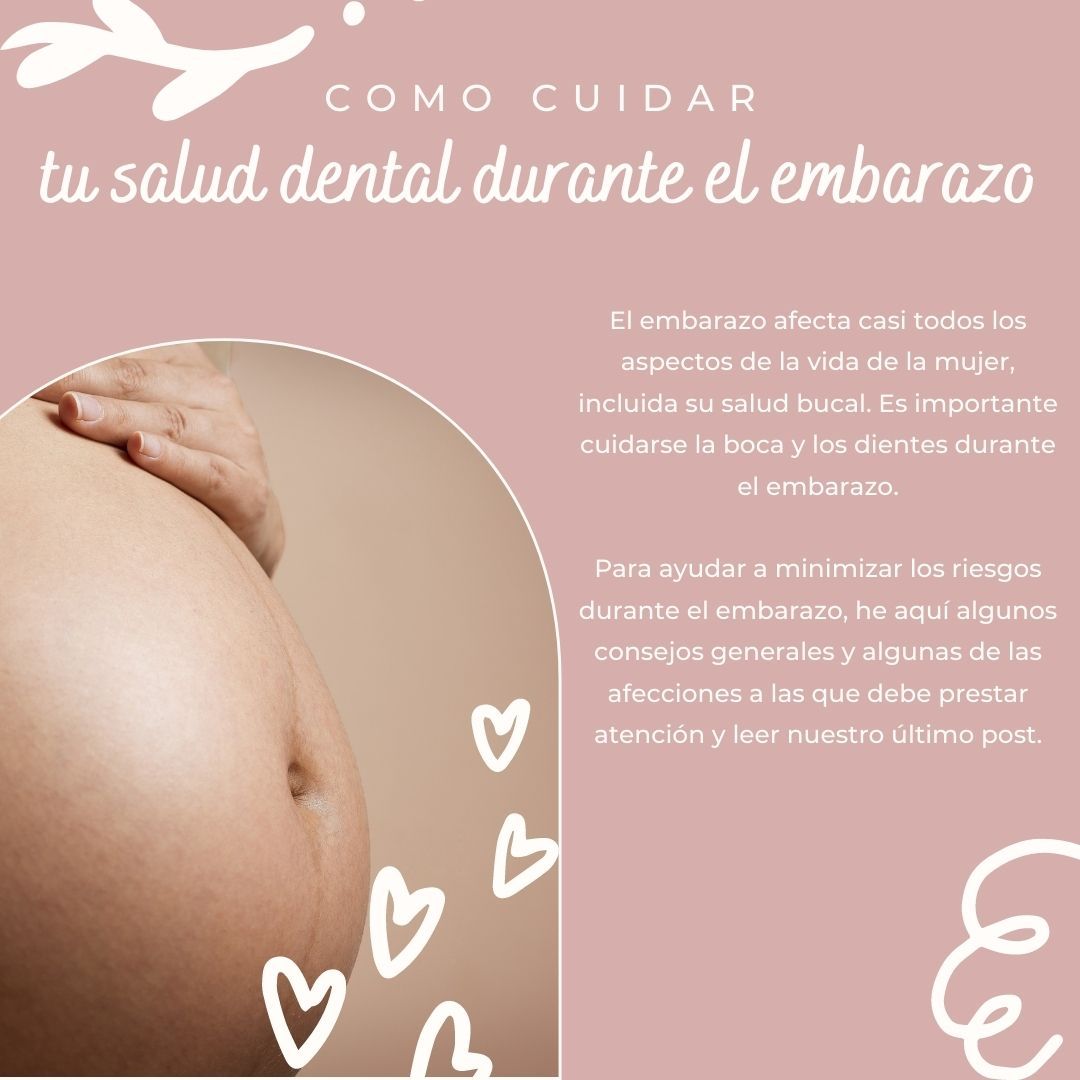What is the relationship between the mouth and the eyes?
The relationship between the eyes and the mouth is a surprise to patients, some patients find relief from their instability or headaches when the orthodontist restores good occlusal contact or when we relax the chewing musculature or improve the position of the TMJ.
There is evidence of the relationship between occlusion and posture, alterations in the muscular balance of the body can influence the position of the jaw and facial morphology, and in turn we know that changes in jaw position can influence the cervical muscles and the posture of the neck, head and the rest of the body. The mouth is essential for the mechanical and neurological balance of the cervical spine, the skull and especially the eyes.
La boca constituye una entrada importante de información al sistema postural. Suministra información importante de dos tipos. Por un lado, aporta información propioceptiva que proviene de músculos y articulaciones temporomandibulares y por otro lado, aporta información exteroceptiva desde el contacto oclusal. En ambos casos la información que proviene de la boca es al mismo tiempo información del cráneo. La mandíbula se articula con el cráneo y cualquier músculo de la masticación o cualquier contacto oclusal se está manifestando cómo y de qué forma el cráneo se sitúa en el espacio. Cada estructura que informa de la posición de la cabeza es fundamental para el sistema postural. El sistema nervioso utiliza esta información procedente de la boca junto a la que viene del sistema vestibular, de la visión y de la propiocepción cervical y ocular para el control de la postura y el equilibrio.
The oculomotor system and the stomatognathic system are connected, not only by mechanical structures, but also because both systems are innervated by the trigeminal nerve.
Neurologicallyboth the eyes and the mouth are innervated by the V cranial nerve or Trigeminal Nerve. It is a so-called mixed nerve as it has motor fibres, which are linked to mastication, and also sensory fibres, which innervate part of the face. At the trigeminal ganglion it divides into three branches:
- Ophthalmic branch (V1): fully sensitive. It innervates the eyeball, the lacrimal gland, the skin of the nose, forehead, eyelids, nasal mucosa and part of the scalp.
- Maxillary superior branch (V2): is also purely sensory. It innervates the lower eyelids, the wings of the nose, the lacrimal gland, the palate and the upper teeth. This is a branch that relates directly part of the eye with the jaw area.
- Mandibular branch (V3): It is a mixed or sensory-motor nerve. It innervates the meninges, temples, jaw, lower teeth and tongue.
Studies have shown a strong correlation between occlusal, muscular or articular alterations in the mouth and the decompensation of an oculomotor pathology.
En patologías como maloclusiones (mordidas cruzadas, mordidas abiertas, etc.), falta de piezas dentales, o disfunciónes temporomandibulares, lo que se presenta es una situación permanente de desequilibrio. Que requerirá de un abordaje conjunto entre especialistas, para que sea garantía de éxito.
In a nutshell
The mouth is part of a craniocervical mandibular system and has a great influence on the cervical spine and the position of the head.
La boca es también un importante captor postural. La información de la ATM, de los músculos masticadores o de los ligamentos periodontales, es decir, toda la información trigeminal, llega a centros nerviosos en el tronco cerebral ligados al control postural. A través del fascículo longitudinal medial, la información trigeminal tiene conexiones con los núcleos oculomotores, por lo que una evidencia en la información procedente de la boca puede desestabilizar un problema oculomotor.
Bibliography: Manual therapy of the oculomotor system



